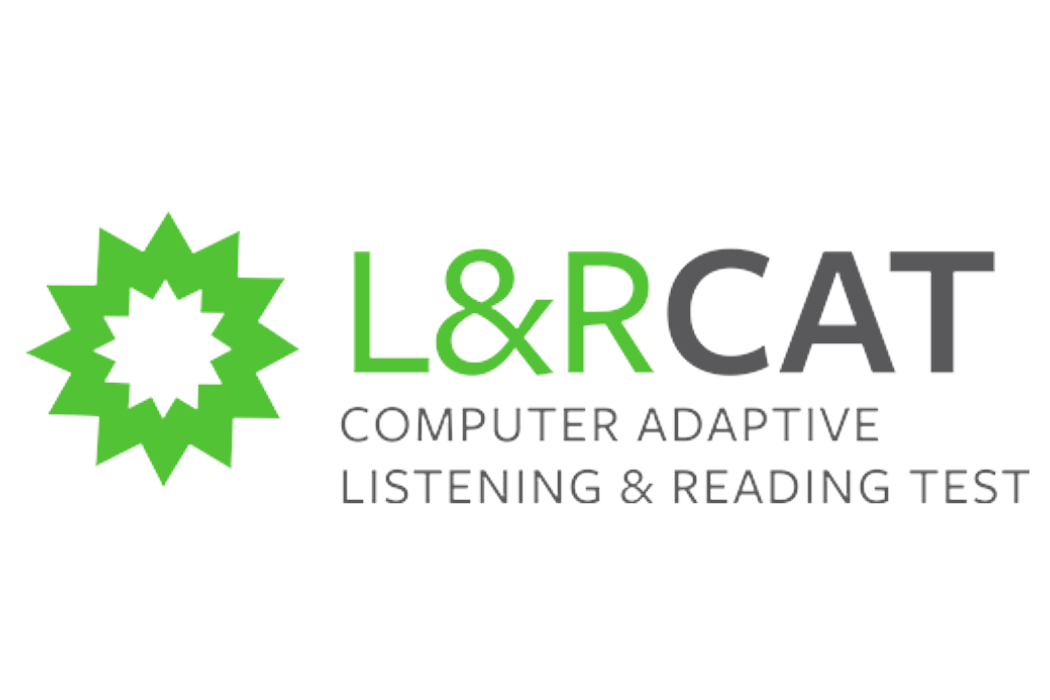The L&RCAT assesses general language proficiency, not what is learned in a specific program, class, school, or university. It is not tied to a particular teaching method or curriculum. Rather than assessing what a person “knows” about the language, the L&RCAT an assessment of how well a person can understand spoken language and written texts in English.
Test Format & Length
As a computer-adaptive test, the L&RCAT adapts to the test taker’s listening and reading abilities; the computer algorithm successively selects questions based on the test taker’s performance on previous questions for the purpose of maximizing the precision of the exam. This additionally makes the test efficient in both time and effort. Typically, test takers can complete the test in between 50 and 105 minutes. This test is administered online with a remote proctor.
Proficiency Ranges
The L&RCAT assesses Interpretive Listening and Interpretive Reading in English across a range of ACTFL Proficiency levels, from Novice to Superior.
Rating
Test takers’ listening and reading abilities assessed on the L&RCAT are automatically scored according to the ACTFL Proficiency Guidelines – Listening and Reading.
Familiarization
Prior to taking the ACTFL L&RCAT, candidates are encouraged to read the L&RCAT Familiarization Guide.
